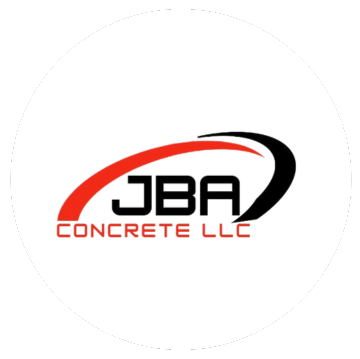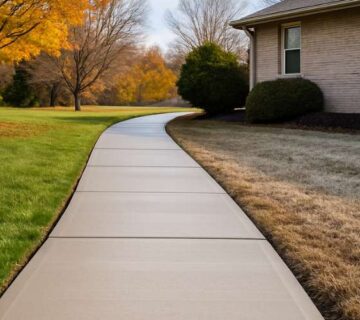Have you ever wondered if concrete is as durable as people claim? Many homeowners and builders believe myths that affect their decisions. Common Myths About Concrete Durability Debunked will expose the truth behind these misconceptions. Some think concrete is unbreakable, while others assume it weakens quickly. What’s the reality? Let’s break down these myths and give you the facts to help you make the right choices for your projects.
Debunking Popular Myths About Concrete Durability
Concrete is one of the most widely used construction materials. However, several misconceptions exist about its strength and longevity. Let’s debunk these myths and provide clarity on how durable concrete really is.
Myth #1 – Concrete Lasts Forever Without Maintenance
Many people believe that once concrete is poured, it will last forever without any care. While concrete is highly durable, it still requires maintenance. Weather conditions, heavy traffic, and chemical exposure can cause deterioration over time. Sealing the surface and repairing small cracks can significantly extend its lifespan.
Myth #2 – Cracks Mean the Concrete Is Weak
Cracks in concrete do not always indicate weakness. Small cracks are common due to shrinkage as the material dries. However, serious structural issues arise when large cracks go unaddressed. Proper installation, controlled curing, and regular maintenance can help prevent major damage.
Myth #3 – The More Cement in the Mix, the Stronger the Concrete
It’s easy to assume that adding more cement makes concrete stronger. However, too much cement can cause shrinkage and lead to cracking. A well-balanced mix of cement, water, and aggregates ensures the best durability. Experts follow precise formulas to achieve optimal strength and flexibility.
Myth #4 – Concrete Is Completely Waterproof
Concrete can resist water to some extent, but it is not fully waterproof. Without proper sealing, water can seep in and cause damage, especially in freezing conditions. Waterproof coatings and additives help improve resistance, but regular maintenance is essential for long-term durability.
Myth #5 – Concrete Gets Stronger Over Time Without Any Treatment
Concrete does continue to gain strength after it cures, but external factors influence its durability. Moisture, temperature changes, and heavy loads can impact its long-term performance. Protective coatings and periodic inspections help preserve its integrity.
Myth #6 – Concrete Cannot Handle Extreme Weather Conditions
Many assume that extreme weather weakens concrete. While rapid temperature changes can cause expansion and contraction, proper reinforcement prevents major issues. Using air-entrained concrete and sealing cracks helps concrete withstand freezing and thawing cycles.
Myth #7 – Concrete Is Only for Foundations and Pavements
Concrete is often associated with roads and buildings, but it is also used for countertops, decorative walls, and outdoor furniture. With modern design techniques, concrete can be both functional and aesthetically pleasing.
How to Ensure Long-Lasting Concrete
To maximize the lifespan of concrete structures, consider these essential steps:
- Use quality materials – A balanced mix with high-quality aggregates enhances durability.
- Apply sealants – Sealing concrete protects it from moisture and stains.
- Control curing conditions – Avoid rapid drying to prevent shrinkage cracks.
- Perform regular maintenance – Fill small cracks before they expand.
- Avoid overloading – Heavy weight can cause stress and lead to structural damage.
By understanding these facts, homeowners and builders can make informed decisions about concrete use and care.
Protect Your Concrete with the Right Knowledge
Understanding the truth behind Common Myths About Concrete Durability Debunked helps you make better decisions for your projects. Proper installation and regular maintenance ensure long-lasting concrete structures. If you need expert advice or high-quality concrete services, contact us today! Let’s build something durable together.





No comment